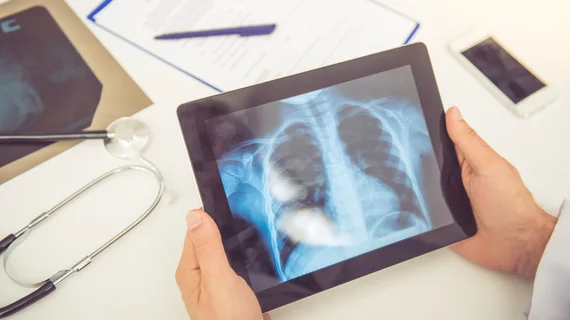Having a patient’s detailed clinical history improves radiologists’ diagnostic imaging interpretation
A patient’s detailed clinical history can help improve a radiologist’s interpretation of diagnostic images, according to an analysis published Tuesday.
Having access to such information prior to reading scans is debated among medical circles, amid concerns that it could bias physicians. Wanting to better understand this conundrum, Australian experts recently conducted a large-scale literature review, scouring databases for studies on this topic.
Their results, published in Academic Radiology, concluded that access to a patient’s backstory does not hamper a radiologist’s work in most instances.
“Published evidence demonstrates diagnostic performance improvement with clinical history,” Kehn Yapp, with the Medical Image Optimization and Perception Group at the University of Sydney, and colleagues wrote Nov. 10. “Fifteen of the 22 included studies in the present study showed that clinical history improved diagnostic performance for all reported metrics and only one study showed clinical history decreased diagnostic performance,” they added.
For their investigation, Yapp et al. queried several databases over the summer, seeking studies that compared diagnostic imaging performance with and without clinical history. All told, the search pinpointed 85,733 papers, with 42 worth reading. The authors ended up including 22 in the final tally, excluding 12 because they had no reference standard to assess observer performance, while eight more had no crossover design.
Though the majority showed that history improved performance, more recent analyses that accounted for location and multiple abnormalities showed increased sensitivity. However, specificity decreased, and there was no significant change in overall diagnostic performance. Further investigation is needed to explore additional factors, they wrote, including measuring multiple abnormalities per image and accounting for memory bias.
You can read more of their work in Academic Radiology here.

